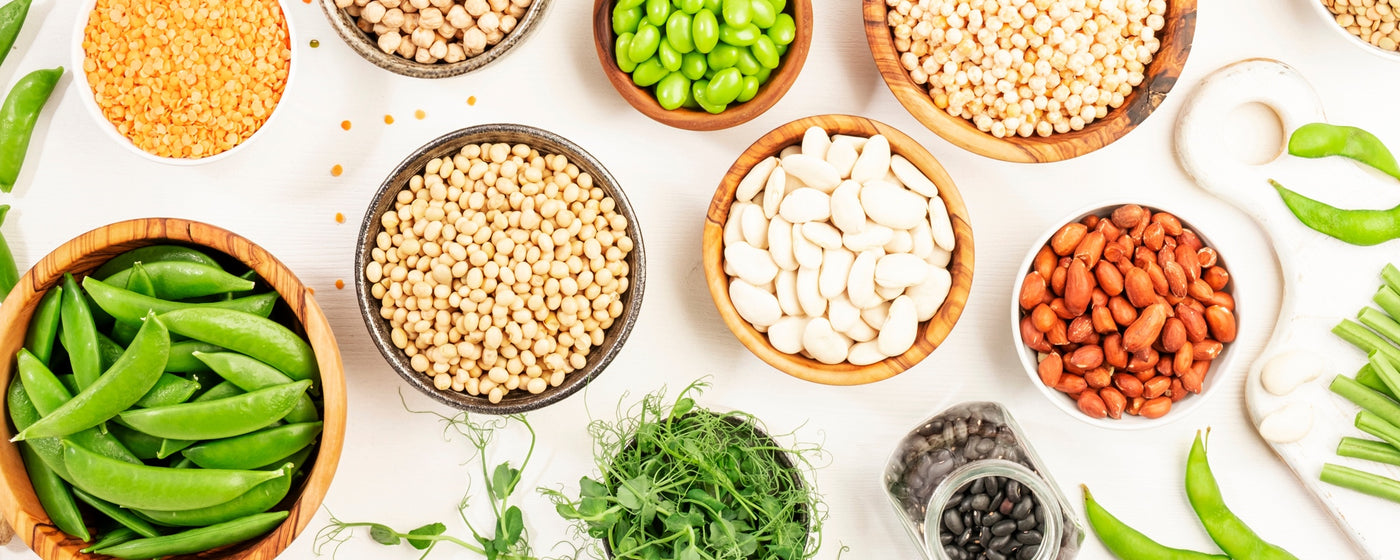
Soil amendments are not fertilizers
As discussed in the fertilizers section, plants need a number of different nutrients to survive. These nutrients can be purchased and applied to soil in concentrated forms called fertilizers.
Fertilizers are rated according to how much they contain of three critical plant nutrients:
Most fertilizers have labels that give you concentrations of N, P, and K as three numbers, like 4-6-4 or 6-2-0.
- Nitrogen (N),
- Phosphorus (P), and
- Potassium (K)
IMPORTANT: In the same place where they sell fertilizers, many garden stores also sell other products that are not really fertilizers but might seem like it at first glance.
These products, which this guide calls soil amendments, contain some of the same nutrients that fertilizers do, but in much, much smaller amounts. Soil amendments that have N-P-K labels may have numbers like 0-0.5-0, for example. Because they contain so few core plant nutrients, these products are not an effective way to provide most garden plants with nutrients.
What soil amendments are, and why you should use them
Soil amendments are made from a wide variety of materials, and they can be purchased in garden stores or made at home (if you have the materials, space, and time to make them). Manure from cows or horses is often used, as are various household and kitchen wastes (vegetable peels and cores, grass clippings, etc.). To make a soil amendment, these materials are processed somehow, usually by being made into compost.
Though this process can actually result in the loss of some nutrients, it makes the materials into a stable form of organic matter that is highly beneficial for your soil (see Intro to Soil for a discussion of organic matter and why it’s
important). You might wonder why gardeners don’t just add materials like manure, kitchen waste, and yard waste directly to their soil. There are several reasons for this. Fresh manure is neither very pleasant to handle nor very stable in the soil (it and the nutrients it contains can wash away, evaporate, etc.).
Manure can also carry disease- causing organisms that are killed by the process of composting. Other materials are harmless enough from health and environmental perspectives, but if you add them to your soil unprocessed, the result can actually be the removal of nutrients from your soil, at least in the short term. This occurs because the materials you add to the soil don’t just sit there – various creatures start to eat them immediately, and if the food you give them does not contain all of the nutrients they need to grow and reproduce, they will scavenge (collect) the nutrients out of the soil around them.
How much soil amendment to apply
Unlike fertilizers, which can be over applied, there is no upper limit to how much soil amendment you can safely put in the soil – the amount you put in depends on how much time, money, and energy you want to spend buying, making, and applying the stuff. It’s safe to say that you should add at least a small amount of some sort of soil amendment to part of your garden every year, and to the whole garden if you can. Gardeners who make their own compost (or who are willing to buy a lot of it) sometimes add as much as 5 cm (2 in) of compost across their whole gardens each year.

How to apply soil amendments
Soil amendments can be spread on a garden at any time of year, though it can make the most sense to do this at either the beginning of the year (when you are preparing a bed for planting) or at the end of the year (when you are preparing the garden for winter – see the garden through the season). Dump your soil amendment on the ground in a pile, and use a spade, spading fork, or garden rake to spread it around to the desired thickness. Then, use a spade or spading fork to work it into the ground. It doesn’t have to go in deeply -- a depth 20 cm (8 in) or less is enough; just get it off the surface (it will break down faster and be less useful on the surface).
Mulch can count as a soil amendment
This section will make more sense if you read the mulch section first. Organic gardening is much easier if you use leaves, straw, newspaper, or some other kind of mulch to help control weeds. With the exception of plastic and landscape fabric, most materials used as mulch can be dug into the ground as described above once they are done performing their job.
Like compost and other soil amendments that you might make or purchase, these mulch materials contain organic material and can benefit your soil. They tend to contain very few nutrients, however (the fact that nothing wants to eat them this is partly why they make effective mulches).
Because mulches are nutrient-poor, if you incorporate large amounts of mulch and want to plant in the same place right away, you’ll want to add extra fertilizer to feed the organisms that are eating the mulch. If you don’t, they’ll take the fertilizer you intended for your plants and use it to complete their meals.
← GO BACK TO GROW GUIDES













































